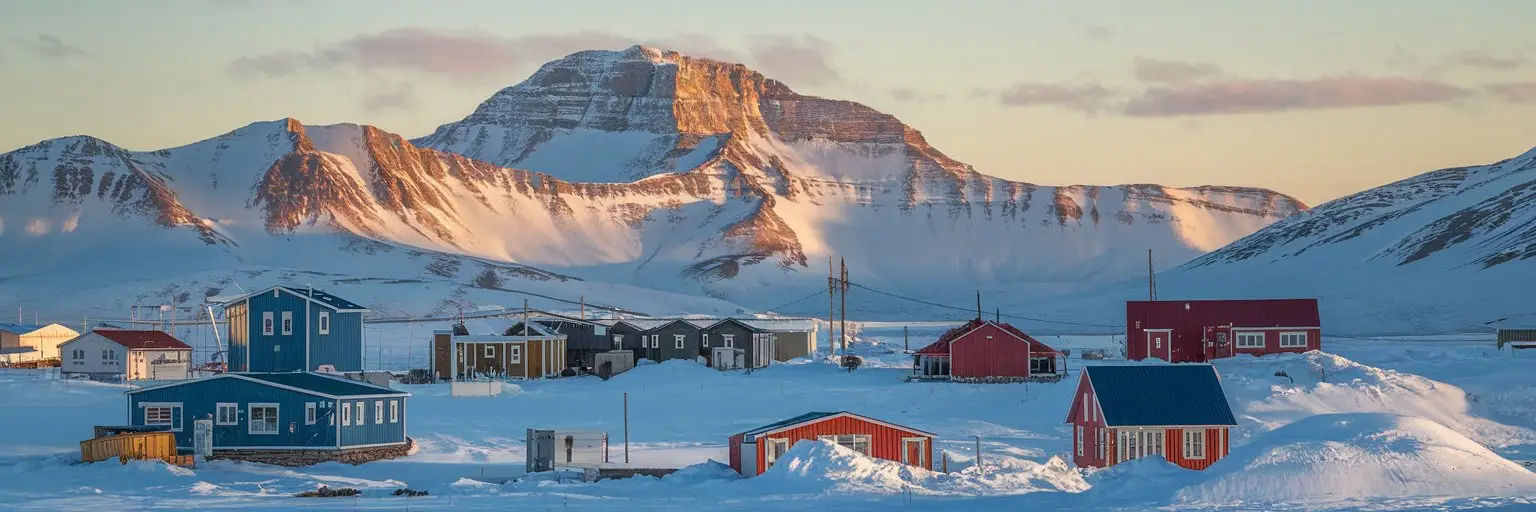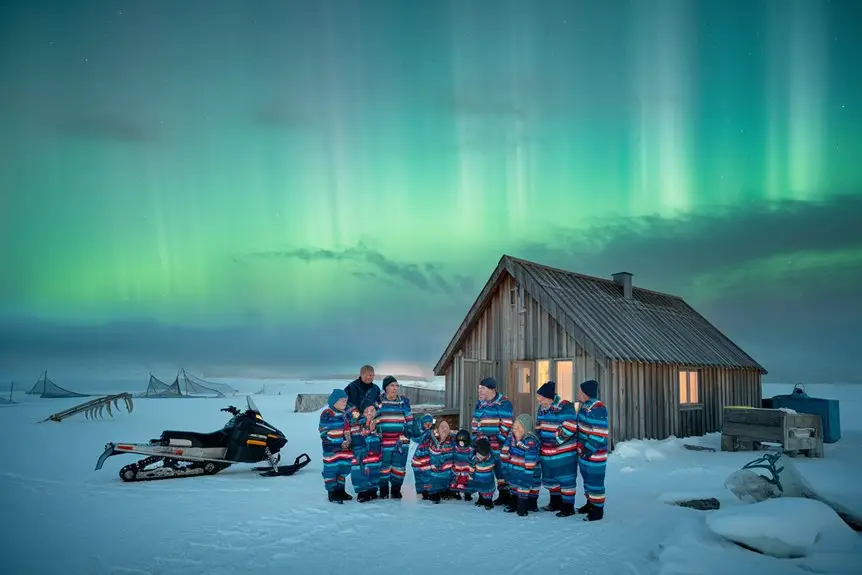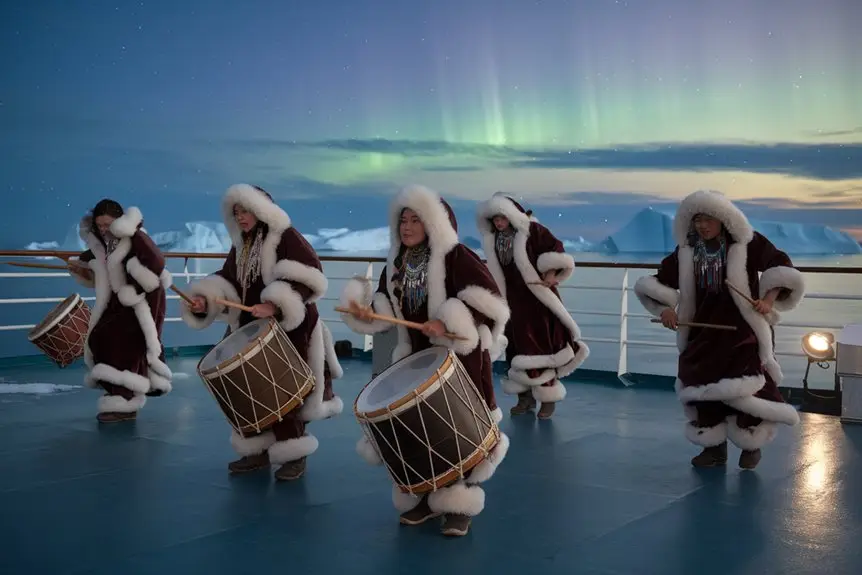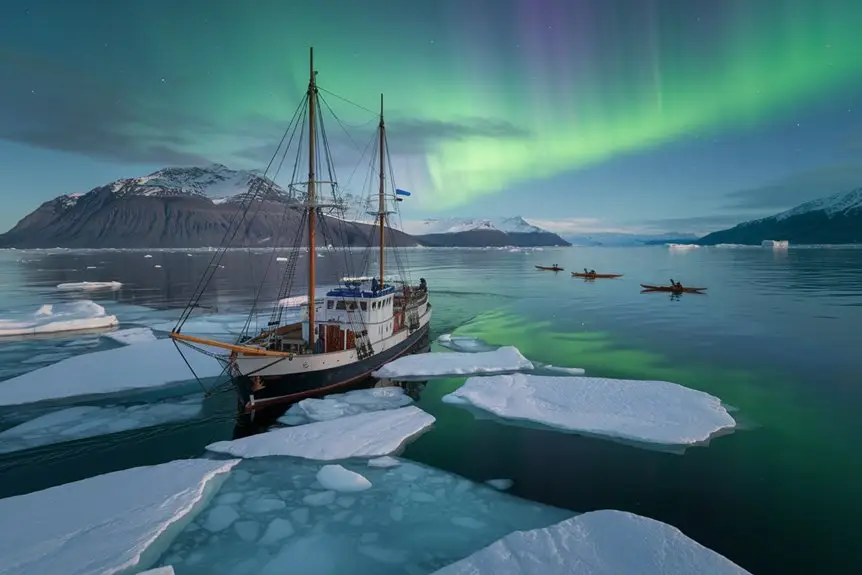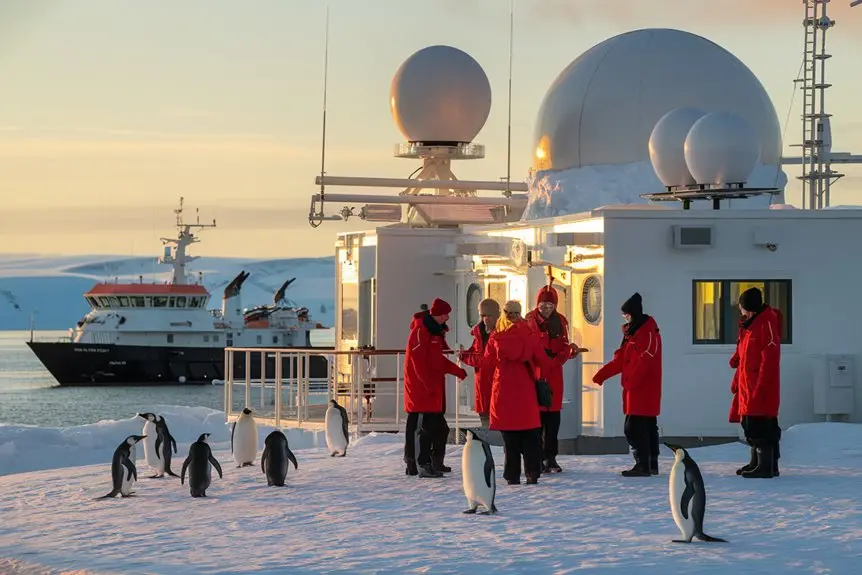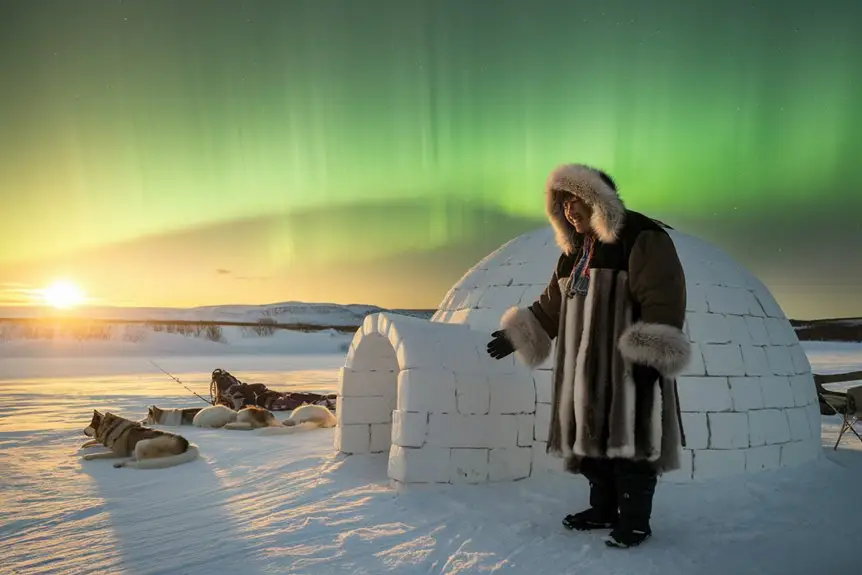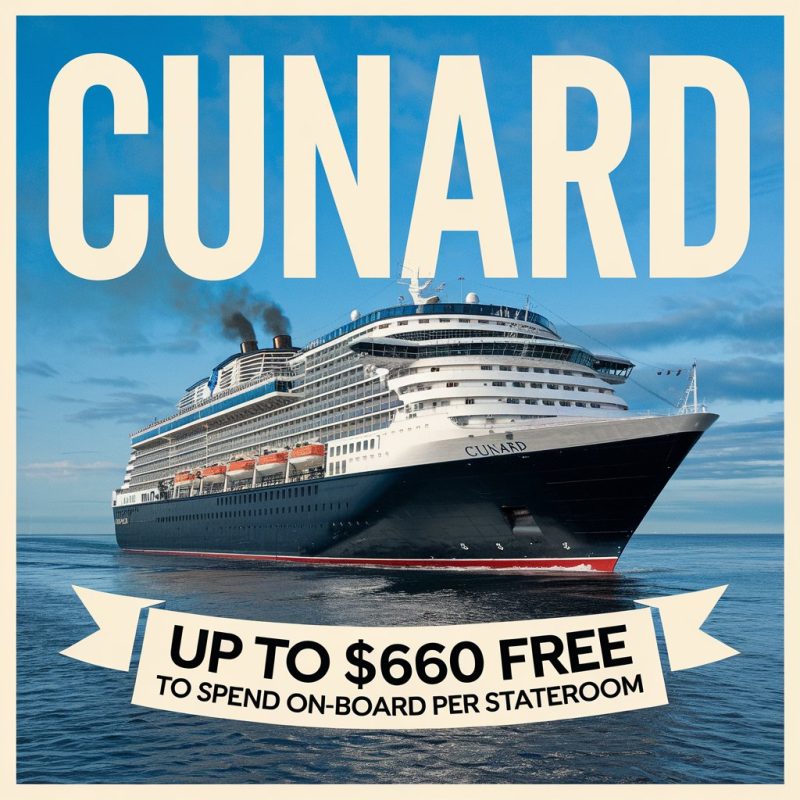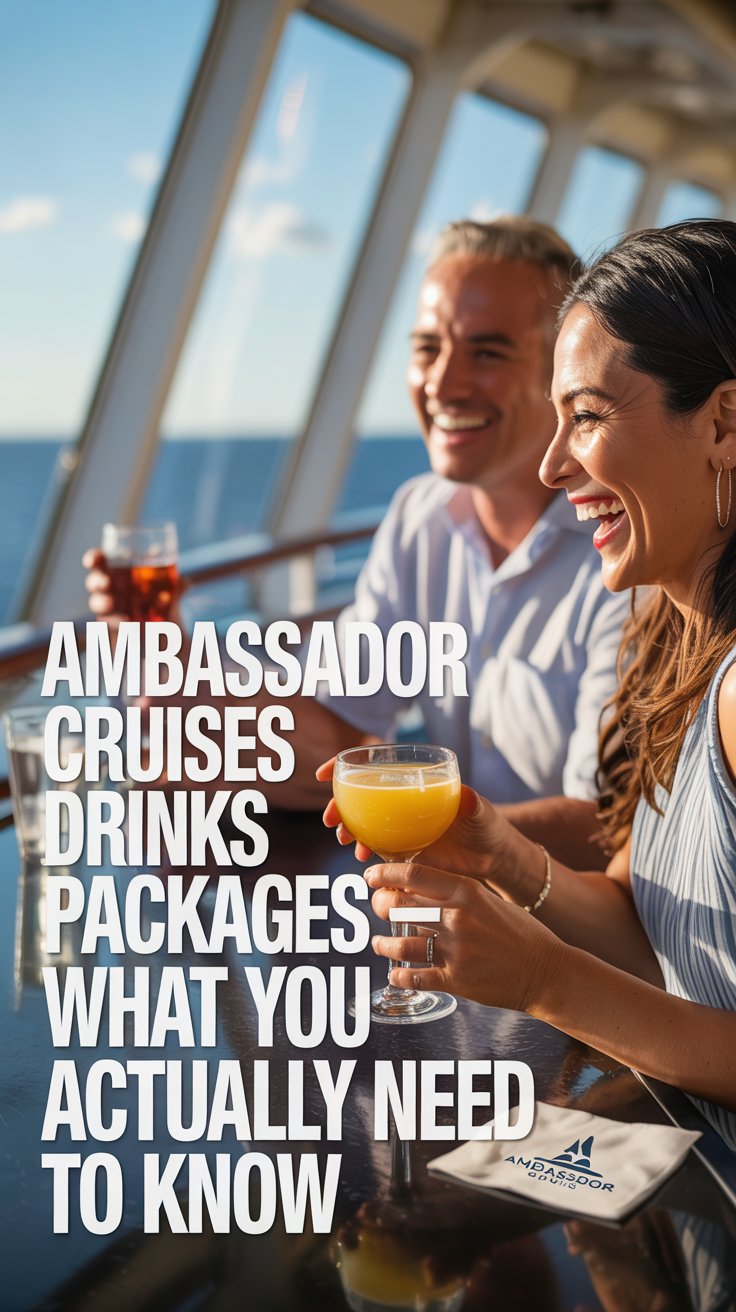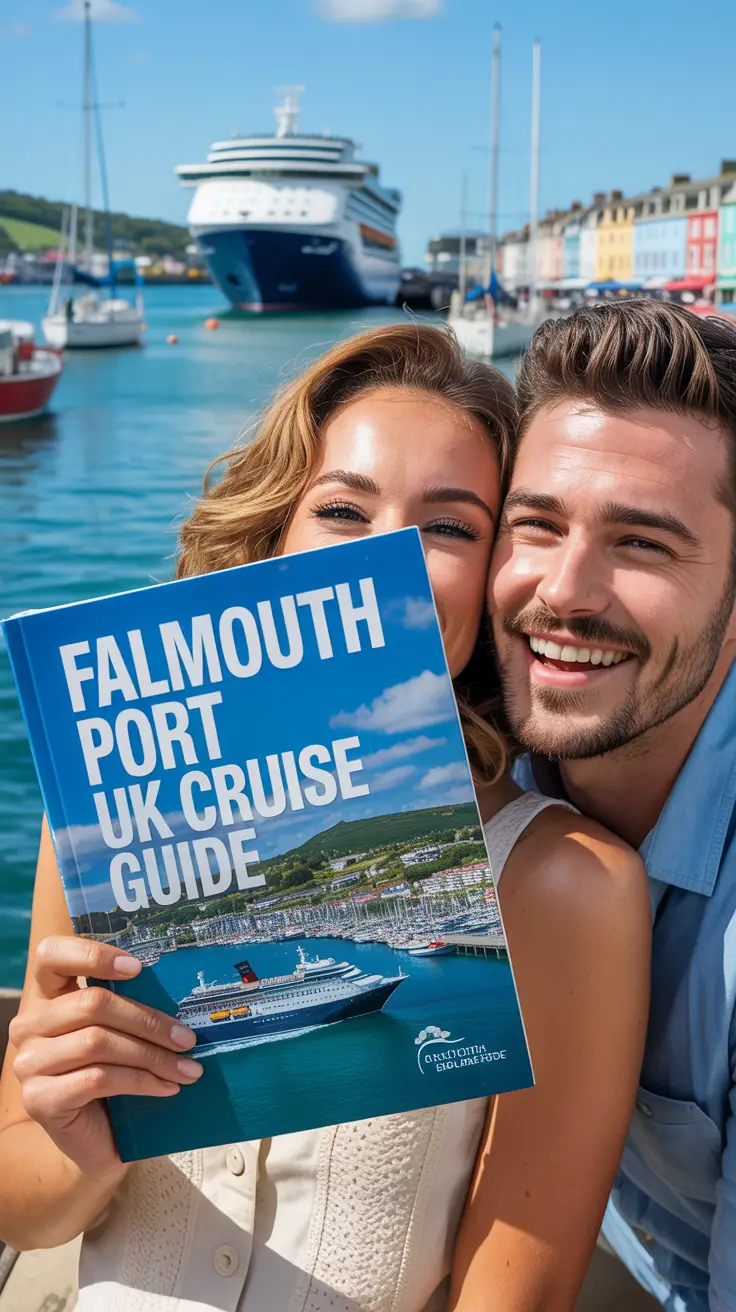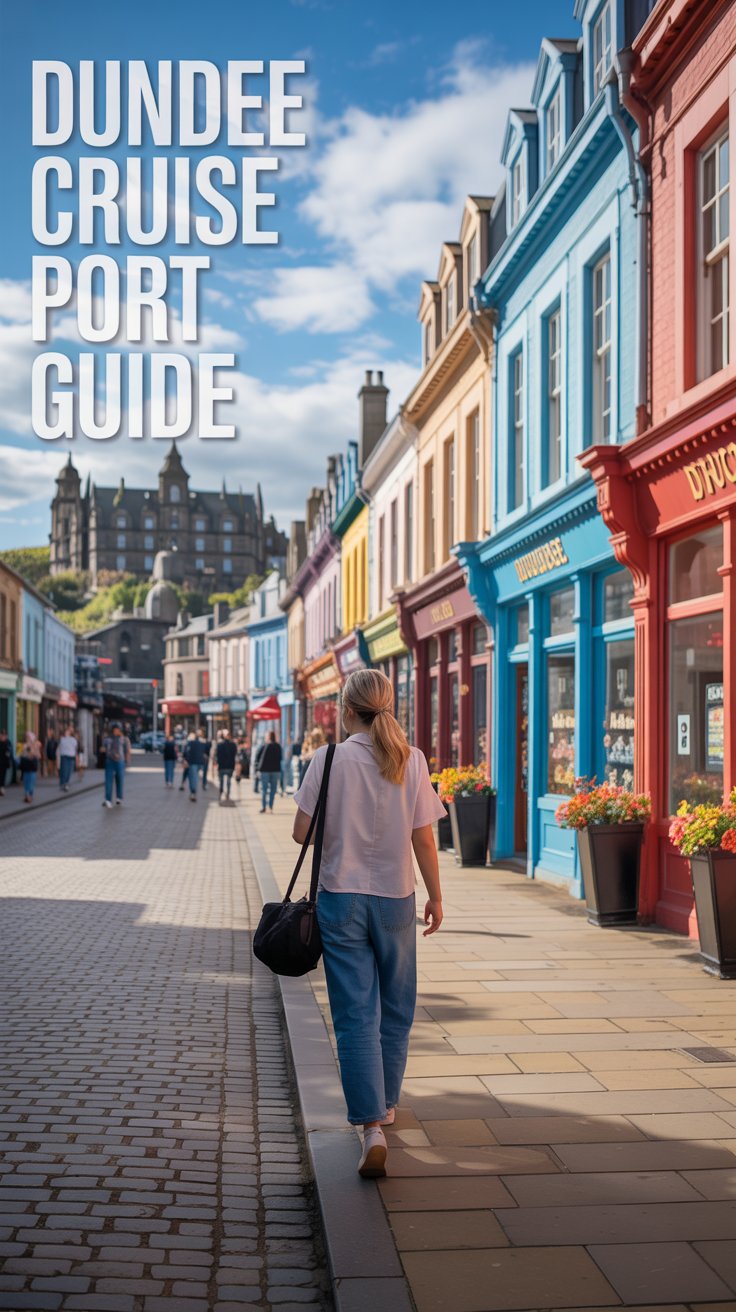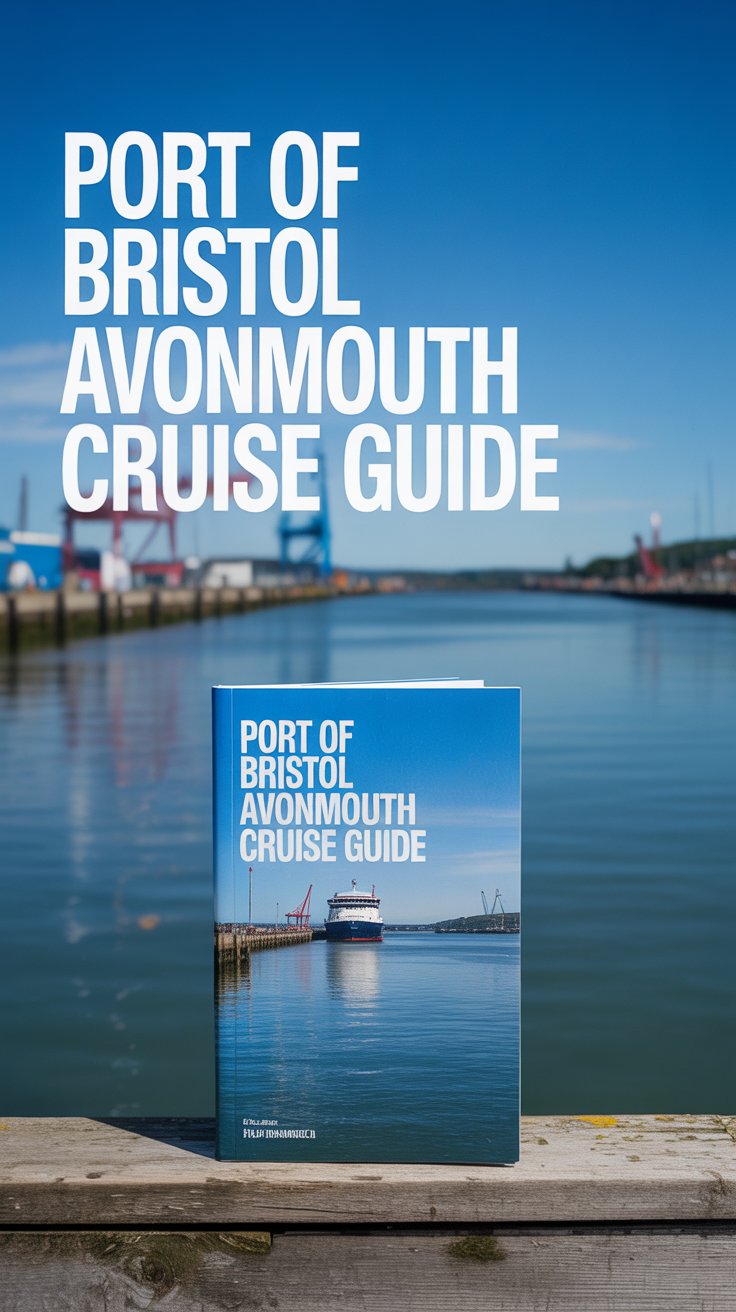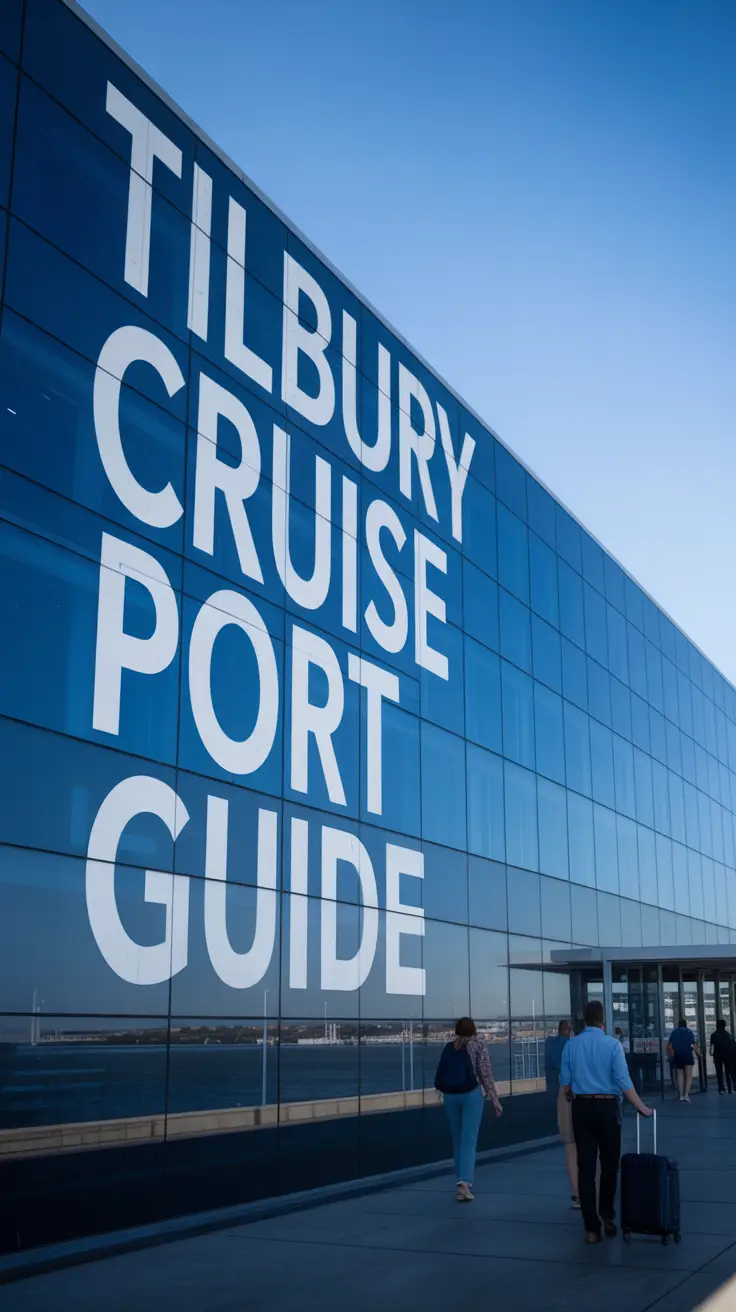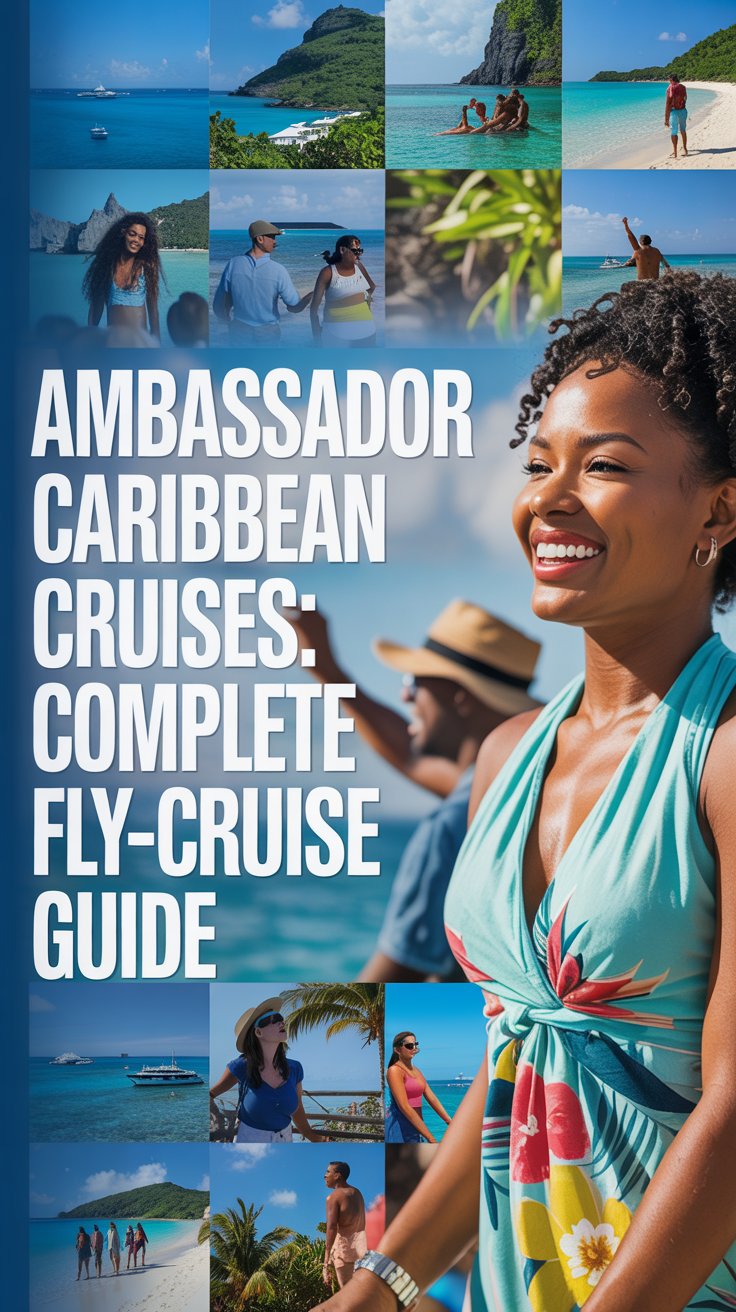On a polar cruise, you’ll experience unique encounters with Arctic Indigenous cultures in the world’s northernmost regions. You’ll meet Inuit communities who share their daily lives and traditions with you. Watch skilled artists perform traditional drum dances and hear mesmerising throat singing in their native settings.
Your journey takes you to active research stations where you can chat with scientists about ice patterns and climate research. You’ll walk in the footsteps of famous polar explorers and discover their historic routes. Local craftspeople will show you their traditional survival techniques and share stories passed down through generations.
You can join hands-on workshops in Arctic communities and taste authentic regional foods. These personal connections help you understand the genuine spirit of life in the Arctic, making your polar adventure both meaningful and memorable.
🐧 Polar Cruise Enquiry 🐻❄️
Our team of polar travel specialists have personally explored both the Arctic and Antarctic regions – from tracking polar bears in Svalbard to kayaking with penguins off the Antarctic Peninsula. Let us find the right polar expedition cruise for you.
Key Takeaways
You’ll experience authentic Arctic culture through direct meetings with Indigenous communities on polar cruises:
You can watch traditional performances including:
- Inuit drum dancing
- Throat singing
- Cultural storytelling
In Kinngait and other communities, you’ll join:
- Local art workshops
- Traditional craft-making sessions
- Hands-on cultural activities
Your cultural immersion includes:
- Tasting Arctic foods
- Learning daily life practices
- Meeting local families
You’ll connect with community members who:
- Share environmental knowledge
- Teach survival techniques
- Demonstrate traditional skills
Your entertainment features:
- Live Inuit performances
- Traditional music shows
- Cultural heritage displays
Arctic Indigenous Communities Today
Arctic Indigenous communities today face a balancing act between modern demands and ancient traditions. You’ll find these communities working hard to protect their way of life whilst adapting to rapid change.
Their biggest challenges include:
- Securing control of ancestral lands through legal processes
- Managing the impacts of climate change on traditional food sources
- Adapting hunting practices as sea ice patterns change
You can see their growing strength in regional politics, particularly through their permanent membership in the Arctic Council. This gives them a direct voice in decisions affecting their homelands.
These communities now tackle several key issues:
- Protecting their rights in energy development projects
- Ensuring their traditional knowledge shapes policy decisions
- Getting fair shares of Arctic resource benefits
Despite UN-backed Indigenous rights agreements, you’ll notice these communities still push for better representation. They want development that respects both their heritage and their future needs.
Your understanding of their situation matters because these communities represent living links to ancient Arctic knowledge. They continue to blend traditional wisdom with modern approaches to survive and thrive in one of Earth’s most challenging environments.
Traditional Arts and Performances
Traditional Arctic arts and performances will enrich your polar cruise experience.
You’ll discover Inuit art traditions that date back 4,000 years, featuring walrus tusk carvings and modern prints from the West Baffin Eskimo Co-operative.
You can visit local artists in their studios at Kinngait, where you’ll see them create art and join hands-on cultural workshops.
You’ll enjoy traditional Inuit entertainment through community events and ship programmes, including:
- Dance performances
- Musical shows
- Traditional games
The “Polar Encounters” exhibition lets you explore Arctic life through artwork, both old and new.
These cultural experiences help preserve Inuit heritage and give you direct insights into their artistic traditions.
Exploring Historical Polar Routes
Arctic exploration features three main routes you can follow today: the Northeast Passage, Northwest Passage, and paths to the North Pole. Each route connects you to remarkable explorers from history.
You’ll discover the Northeast Passage, where Willem Barentsz found Spitsbergen in 1596. Adolf Nordenskiöld later made history here by completing the first full navigation in 1878.
The Northwest Passage links you to Martin Frobisher‘s 1576 journey and John Franklin‘s tragic 1845 expedition. You can visit the sites where researchers found Franklin’s ships, HMS Erebus and HMS Terror, in 2014.
Between these passages, you’ll learn how Semyon Dezhnyov proved in 1648 that Asia and North America were separate continents. Vitus Bering verified this discovery in 1728.
While modern ships now navigate these routes with advanced technology, you can still experience the same sense of adventure that drove these early explorers.
Research Station Discovery
You’ll discover Antarctica’s impressive research network featuring over 70 stations run by 40+ nations.
McMurdo Station stands as the largest base, accommodating up to 1,200 people, whilst smaller stations like Svea focus on specific scientific studies.
Your Antarctic cruise will take you to selected research bases where you can watch scientists at work. The research covers crucial areas like ice studies, weather patterns and environmental monitoring.
You’ll find unique attractions at certain stations – Vernadsky Station hosts the world’s most southerly pub, whilst the remarkable Halley VI can move across the ice when needed.
You’ll see how research teams live and work in Earth’s most extreme environment.
Modern stations like Princess Elisabeth Antarctica showcase cutting-edge sustainable technology, using smart energy systems to minimise environmental impact.
All these bases serve as windows into polar science and help you understand how humans adapt to Antarctic conditions.
Meeting Local Arctic Residents
You’ll experience genuine connections with Arctic communities who share their daily lives and traditions.
Local Inuit groups perform traditional drum dances and throat singing, giving you direct insights into their culture. The colourful Greenland villages show you how ancient practices merge with modern life.
Your expedition ship takes you to remote settlements where indigenous residents demonstrate their survival skills and hunting techniques.
You’ll meet local craftspeople who create detailed artwork and share stories about their changing environment. Through village visits and museum tours, you’ll learn how Arctic communities maintain their identity while adapting to modern challenges.
These personal encounters help you understand Arctic life through the eyes of those who call it home.
You’ll join community activities, taste traditional foods and hear firsthand accounts of life in one of Earth’s most remarkable regions.
Frequently Asked Questions
What Kind of Gifts Are Appropriate to Bring for Indigenous Community Visits?
When visiting Indigenous communities, take practical and respectful gifts:
- Local food items from your region
- Traditional beverages like tea or coffee
- Useful household items
- Books about your culture or area
- Simple craft materials
- Fresh fruit or cooking ingredients
- Small educational items for children
Buy gifts from Indigenous-owned shops whenever possible. Check with your host or guide about suitable options. Keep gifts modest and practical rather than showy or expensive. Avoid mass-produced ‘Indigenous-style’ items or anything that could be seen as patronising.
Remember: Your presence and genuine interest in learning about the community often matter more than material gifts.
Can Tourists Participate in Traditional Hunting Activities With Inuit Guides?
You can join Inuit-guided hunting tours across northern Canada. Your role will be mainly observational, letting you watch traditional hunting methods and preparations up close. You’ll see how Inuit hunters prepare their equipment, dress game, and follow age-old customs. The experience helps you understand hunting’s cultural importance to Inuit communities. Local guides will explain hunting regulations and traditional practices whilst you observe. You’ll learn about sustainable hunting methods and their connection to Inuit heritage.
How Do Polar Communities Maintain Internet and Communication Connections Year-Round?
Polar communities connect to the internet through several reliable systems. You can find satellite networks providing the main connection, including Low Earth Orbit (LEO) satellites that orbit closer to Earth. Your local community networks help distribute these signals to homes and businesses. In challenging weather, you might experience connection interruptions, but new satellite projects and undersea fibre-optic cables are making the service more stable. These improvements mean you’ll get better internet access throughout the year, even in the most remote Arctic locations.
Are There Language Translation Services Available During Community Interactions?
Language translation options vary across different cruise lines. You can access comprehensive translation services in Mandarin, French and German if you travel with Quark Expeditions. When visiting local communities or joining shore trips with other cruise operators, you might find more basic translation support available.
What Traditional Arctic Foods Can Visitors Safely Try During Community Visits?
You can safely try several traditional Arctic foods during community visits:
- Arctic char and salmon dishes, fresh or smoked
- Traditional fish cakes made from local catches
- Cloudberry jam spread on bread or pastries
- Reindeer meat prepared in various ways
- Vaffelkake (traditional waffle cakes)
These foods are commonly served at community gatherings and offer you an authentic taste of Arctic cuisine.
🐧 Polar Cruise Enquiry 🐻❄️
Our team of polar travel specialists have personally explored both the Arctic and Antarctic regions – from tracking polar bears in Svalbard to kayaking with penguins off the Antarctic Peninsula. Let us find the right polar expedition cruise for you.

